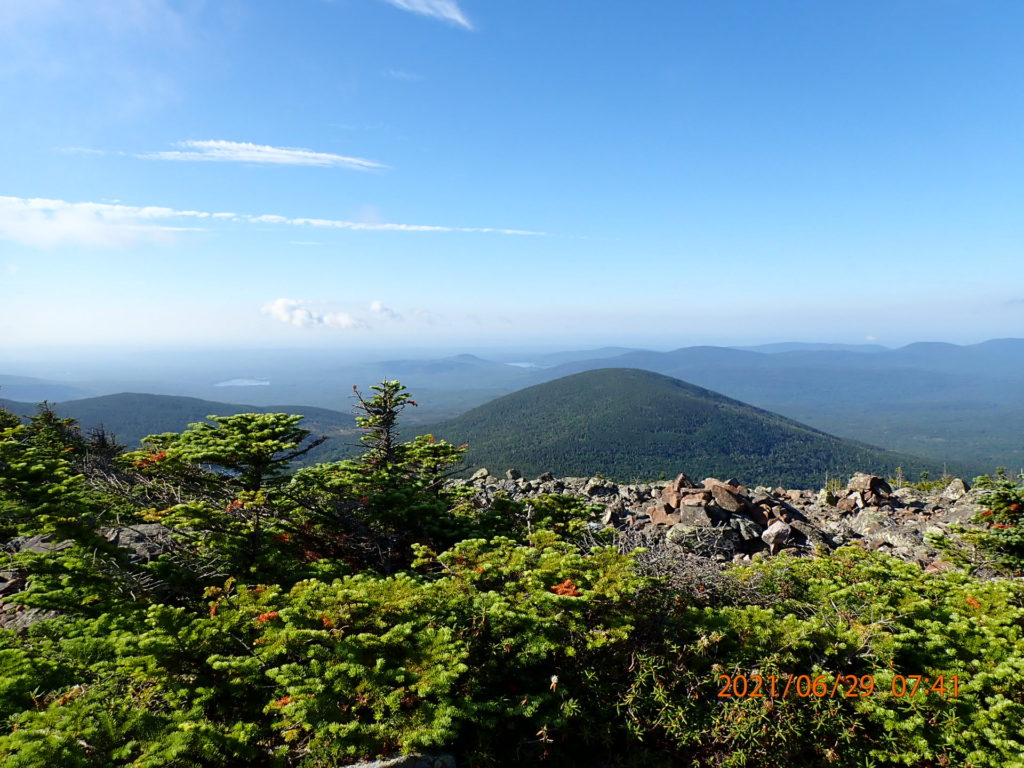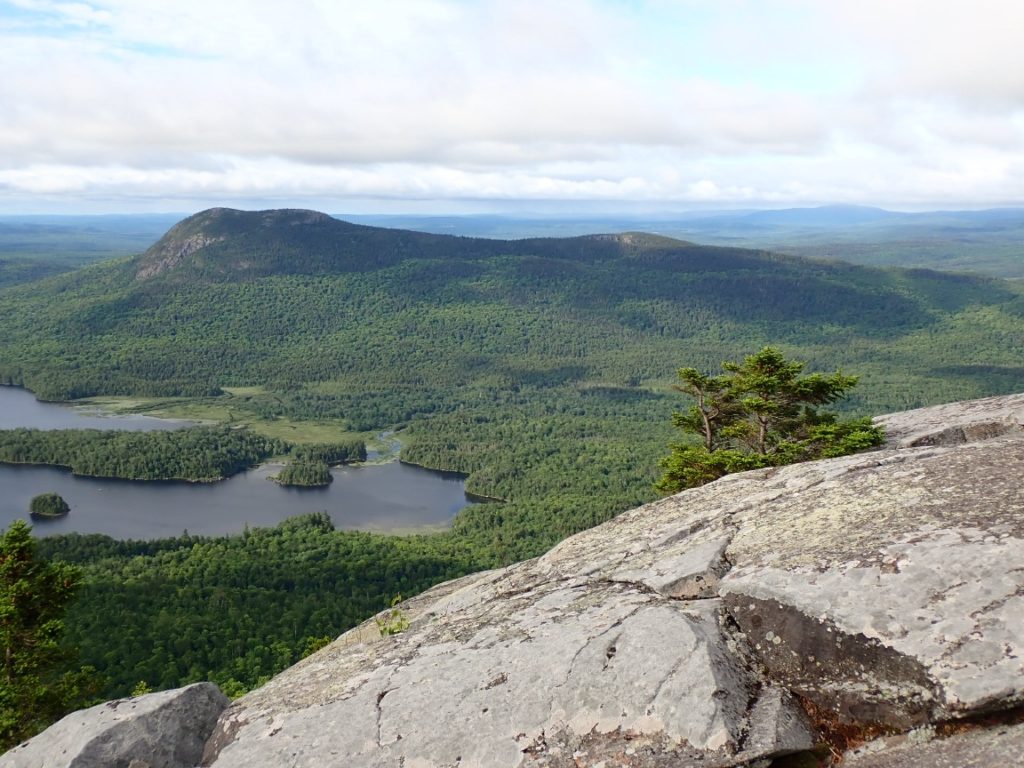On a day I rested in Monson, Maine the experience of hiking through a beautiful, mountainous forest dotted with lakes, ponds and streams sunk in deeply. One reason I hike is to check in with the natural world and see the good things growing and living apart from the developed world. I also watch for warning signs that human activity is creating problems for the natural world. It is true the “100 Mile Wilderness” is not a federally protected wilderness where humans are only brief visitors who leave no structures on the land. Instead, this vast area in Maine was logged heavily a century ago, and not many of the old growth pine trees remain. But efforts by the state of Maine, the Nature Conservancy and private land owners have been very successful at keeping the area looking very pristine and attractive for people who live and visit a state where the license plates on cars declare it is a “vacation land.” The few gravel roads I encountered had little or no traffic.

I am happy to recall that while I did hear chainsaws in the distance for one day, my ears were treated more often by the call of loons on the water, and no motorized boats. I saw beaver dams, not huge hydroelectric dams on the lakes and ponds. I saw unbroken green forests but no massive clear-cut tracts of lands where trees use to be. These qualities are among the reasons thousands of hikers and lovers of nature choose to come here to recharge and hike this part of the AT.
So, please ignore the weariness I projected in the photo of me standing on Chairback Mountain. The 100 Mile Wilderness was a great place to begin my AT experience!




Hi Roger! Thanks for giving a chance to observe this beautiful land and for your own odservations. A physical exploring of this natural beauty is sometimes a very hard work as you’ve shown through the photos of those tricky parts on your way. So, thank you for that true image of a hiker at work – weary after the hours of physical efforts.